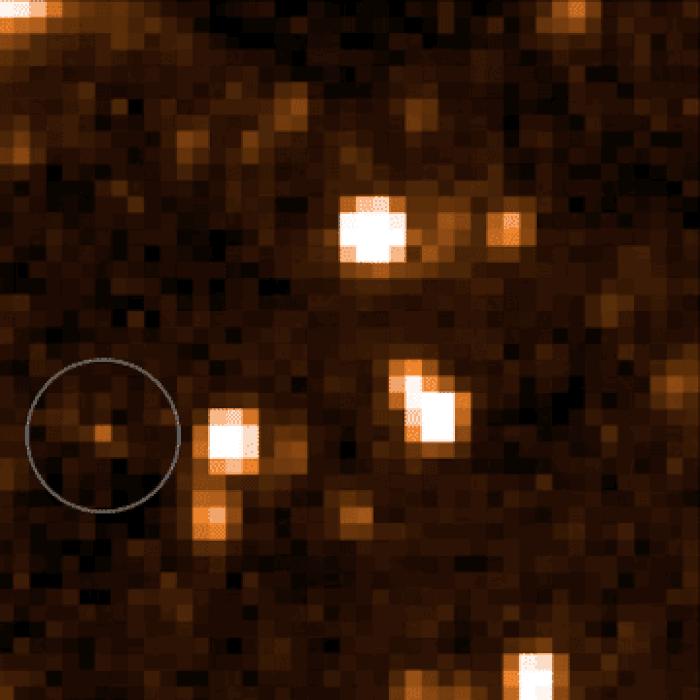A variety of stars are present in the universe all around that are also divided based on temperature, size, and brightness. But a newly discovered thing titled ‘The Accident’, which is basically an object known as brown dwarfs, seems to convey that everything is still not known to us.
‘The Accident’ is different and has a chaotic spectrum, telling that it may be old as the universe is. Brown dwarfs that were discovered earlier are younger and thus there can be large numbers of old brown dwarfs that are simply not discovered yet because they look different from our expectations.
As astrophysicist Davy Kirkpatrick of Caltech says, “This object has defied all our expectations.”
Brown dwarfs cover the area between most of the massive planets and the smallest stars and happen when the process of star formation is at its end and before the object has enough mass to ignite the fusion of hydrogen in the core.
They are large enough to fuse deuterium and are smaller, cooler, and are dimmer compared to most stars. The mass ranges from 13 and 80 times the mass of Jupiter and cools more and more as they age. For now, about 2,000 of these are discovered in the Milky Way.

According to research, published in The Astrophysical Journal Letters, ‘The Accident’ – real name WISEA J153429.75-104303.3 – was not traced in brown dwarf surveys as it is not similar to those characteristics. It is detected by NASA’s Near-Earth Object Wide-Field Infrared Survey Explorer and thus named as an accident. It’s an odd object but also very faint in particular wavelengths which suggests that it is also very cool below boiling of water and thus very old also.
While in other wavelengths it is bright which tells about the high temperature. The team used a different infrared wavelength range, as this tells thermal radiation. But observations made by using the terrestrial W. M. Keck Observatory didn’t reveal ‘The Accident.’
This incident happened around 53 light-years away. As it is zooming around the galaxy very fast, with speeds of around 207.4 kilometers per second. It is thus 25 percent Faster than any other stars of any type.
Kirkpatrick’s team calculated that The Accident may happen 10 and 13 billion years earlier. As astrophysicist Federico Marocco of Caltech says,
“We expected that brown dwarfs this old exist, but also expected them to be much rarer. The chance of finding one so close to the Solar System can be a coincidence, or it tells us that they’re more common than we thought.”
Few generations of stars were used for the production of more elements. As they fuse the atomic nuclei in the core, and producing heavier elements and died subsequently resulting in the distribution of elements in whole space. If ‘The Accidents’ happened before such elements were common in the universe then the light could be stronger in particular wavelengths and thus far easily absorbed by methane in a brown dwarfs atmosphere.
As Kirkpatrick said,
“This discovery is conveying that there are more types in brown dwarf compositions than we have observed so far, there are likely odder out there, and we need to think about how to look for them.”
